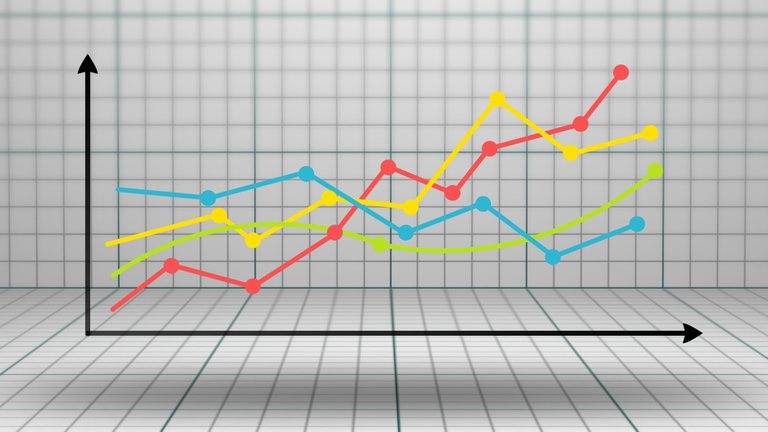Home Automation System - Dashboard su Grafana / Grafana dashboards ITA ENG
 Creative Commons
Creative CommonsForty-first chapter related to my migration from OpenHAB 2.5 to OpenHAB 3
Let's begin the configuration of secondary services for OPENHAB 3, using the old raspberry pi 3, which was left unused after the migration to the new raspberry pi 4.
Let's start by creating a first dashboard on Grafana, running as a docker container, displaying the environment data (temperature, humidity, etc etc) read by influxdb installed on the raspberry pi 4, again as a docker container.
In particular, let's see how to make the most of the persistence structure of openhab by creating multi-item tables compared to the default that instead creates a table for each item.
This video does not presume to be a tutorial, but simply a step by step of what has been done to achieve the goal. I hope that it will help someone.
Enjoy your viewing
Quarantunesimo capitolo relativo alla mia migrazione da OpenHAB 2.5 ad OpenHAB 3
In questo video iniziamo la configurazione dei servizi a supporto di OPENHAB 3, utilizzando il vecchio raspberry pi 3, rimasto inutilizzato dopo la migrazione al nuovo raspberry pi 4.
Iniziamo dalla creazione di una prima dashboard su Grafana, installato come container docker, visualizzando i dati di ambiente (temperatura, umidità, etc etc) letti da influxdb installato sul raspberry pi 4, sempre come container docker.
In particolare vediamo come sfruttare al meglio la struttura di persistenza di openhab con la creazione di tabelle multi item rispetto allo standard che invece crea una tabella per ogni item.
Questo video non ha la presunzione di essere un tutorial, ma semplicemente uno step by step di quanto fatto per raggiungere l'obiettivo. La speranza è che possa essere d'aiuto a qualcuno.
Buona visione
Your content has been voted as a part of Encouragement program. Keep up the good work!
Use Ecency daily to boost your growth on platform!
Support Ecency
Vote for new Proposal
Delegate HP and earn more